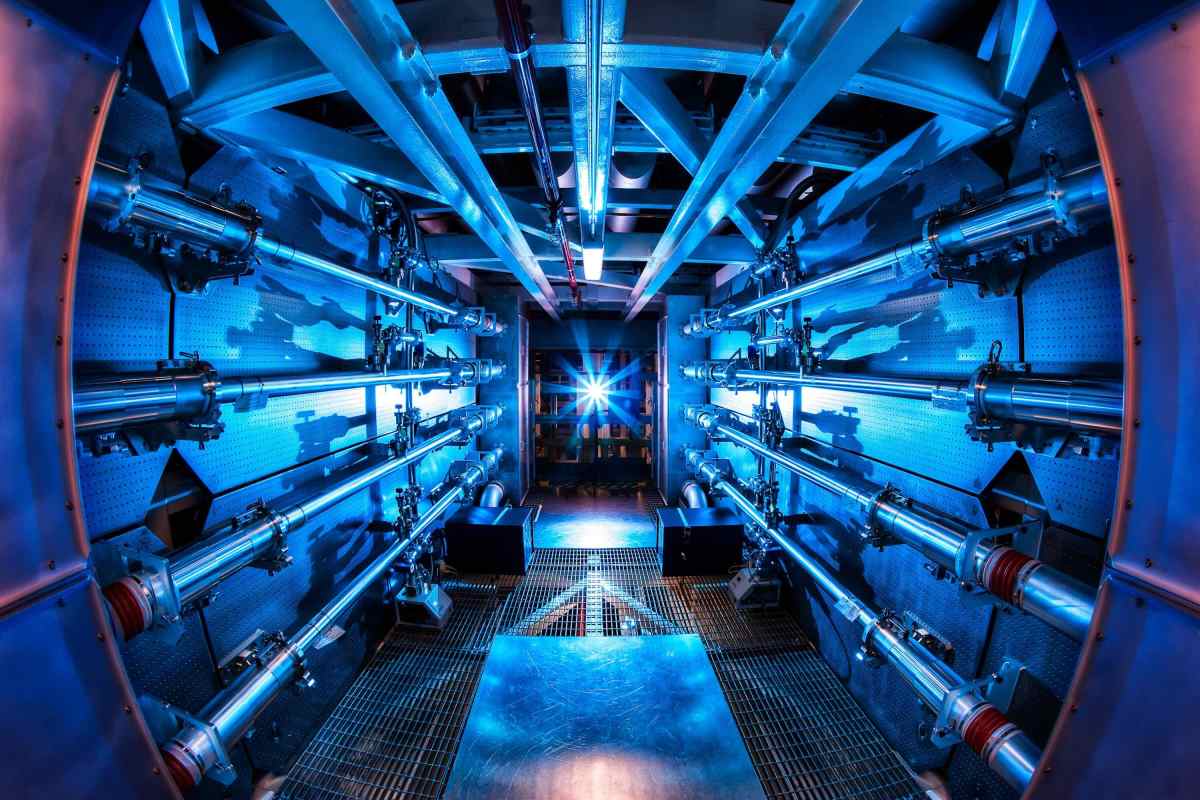
The U.S. Department of Energy’s National Ignition Facility (NIF) has announced a significant increase in energy yield from its recent nuclear fusion experiments, a key milestone in the ongoing effort to harness fusion as a practical and sustainable energy source.
Situated at the Lawrence Livermore National Laboratory in California, the NIF is the world’s largest and most energetic laser facility. It employs 192 vigorous laser beams to replicate the extreme temperatures and pressures found within stars. The ultimate aim of these research efforts is to produce more energy from fusion reactions than is consumed to initiate them—a condition known as ‘ignition.’
According to officials at the Department of Energy, the recent experiments at NIF have yielded higher energy output than in previous attempts. While exact figures from the latest trials have not yet been disclosed, this development comes after the facility first achieved ignition in December 2022, producing over 3 megajoules of energy from a fusion reaction initiated by laser beams who input slightly less energy than the output recorded.
This progress underscores the rapid pace of advancements in inertial confinement fusion, where powerful lasers compress a tiny pellet of hydrogen fuel until it reaches the necessary conditions for nuclear fusion. The increase in energy yield suggests improved efficiency and enhanced control over the delicate and complex experimental conditions required for ignition.
Experts view these results as a promising sign, though practical fusion energy remains years, if not decades, away. Challenges remain in making the process repeatable, cost-effective, and scalable for commercial use. Nonetheless, the National Ignition Facility’s success inches the scientific community closer to the long-term goal of clean, limitless energy without the carbon emissions and long-lived radioactive waste associated with nuclear fission.
The recent breakthrough reflects growing global interest and investment in fusion research, as laboratories and private firms worldwide race to develop the first viable fusion reactor. If perfected, fusion energy could complement renewable energy sources and help combat climate change.
Further data and details from the latest round of experiments are expected to be published in upcoming scientific conferences and peer-reviewed journals.
Source: https:// – Courtesy of the original publisher.








